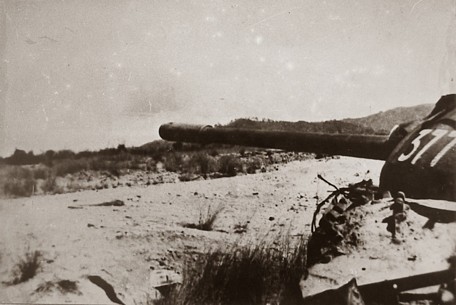 |
| Tank 377 at the Dak To battlefield in 1972. Photo: document |
In the attack on Dak To base in 1972, surrounded by enemy tanks many times larger, our T59 tank with serial number 377 flexibly and bravely faced two attacks with 10 M41 tanks, achieving a legendary feat: destroying 7 enemy tanks before being shot down.
In 2000, the entire crew was posthumously awarded the title of Hero of the People's Armed Forces by the State and the tank, which was covered in injuries, was recognized as a "National Treasure" along with the T54B tank numbered 843 and the T59 tank numbered 390.
In 1971, Tank Company No. 7 (C7) of Battalion 297, Regiment 203 marched from Hoa Binh to Quang Binh to participate in the Route 9 Southern Laos Campaign with all T54 tanks provided by the Soviet Union. Later, C7 was supplemented with 8 T59 tanks (*) to advance into the Central Highlands, including T59 tank number 377 of Platoon 3 (this was the first time the Central Highlands battlefield had the appearance of the Liberation Army's tank-armored force).
In 1972, to fight against the Liberation Army attacking the Northern Central Highlands and Tri Thien region, the US and Saigon troops established three defensive clusters in the Northern Central Highlands including Dak To-Tan Canh, Kon Tum City and Pleiku City. In which, the Dak To-Tan Canh defensive cluster was considered by them as a "steel belt" with the command post of the 22nd Infantry Division and several other units.
When our army launched the Northern Central Highlands Campaign, the first target chosen by the Campaign Command was the "steel belt" of Dak To - Tan Canh and the T59 tank numbered 377 (Tan 377) was deployed in the formation of the assault force along with Tanks 352 and 369. At the beginning of the campaign, at 4:30 a.m. on April 24, 1972, our army opened fire to attack the Tan Canh base. In the northwest direction of this base, the first bullets of Tanks 377 and 352 destroyed the water tower and the observation post.
Immediately after that, Tank 377 bravely overcame obstacles, fortifications and trenches to attack the enemy's 42nd Regiment headquarters. At the same time, Tank 352 led the infantry to overcome all enemy resistance and penetrate deep into the American advisors' area and close in on the base's command post. Meanwhile, Tank 369 moved behind to support the two leading tanks. After 3 hours of fierce fighting, our army completely controlled Tan Canh base.
Then, C7 and a self-propelled gun attached to the 1st Infantry Regiment of the 2nd Division advanced to the Dak To base. Our troops were fiercely intercepted by enemy aircraft and artillery. Platoon leader Nguyen Nhan Trien on Tank 377 ordered the driver to open full speed to lead the troops through enemy fire.
When approaching the Dak To base, the enemy discovered that Tank 377 was in a state of being alone, so they sent 10 M41 tanks divided into 2 groups to attack. The entire crew of Tank 377 was determined to fight, and the remaining one person also fought. Platoon leader Nguyen Nhan Trien directed driver Tran Quang Vinh to move back and forth flexibly so that the 2 gunners Nguyen Dac Luong and Hoang Van Ai could take turns shooting and burning the 7th enemy tank, just as Tank 354 and Tank 369 arrived in time to coordinate.
But when Tank 354 arrived at the entrance of Phuong Hoang airport and had just burned an enemy tank behind a mound, Tank 377 was also burned by the enemy. Not long after that, our army completely controlled Dak To base.
The Dak To-Tan Canh victory contributed significantly to the victory of the Northern Central Highlands Campaign and the 1972 strategic offensive of the Liberation Army, which the enemy considered a disaster in a "Fiery Summer".
There was a touching event that after the battle, the C7 tanks returned to the troop hideout but Tank 377 was nowhere to be found. People sent to look for it and only found that Tank 377 had been shot and burned by the enemy in an alley on Highway 18. About 40m in front of the tank's gun barrel was the body of an enemy M41 tank.
Initially, his comrades thought that the entire crew had escaped and that during the fierce fighting they had left the burning vehicle and followed friendly units. It was not until the second inspection that his comrades discovered that at the driver and gunner positions on the burnt tank, there were still some ashes of their comrades. The ashes of the comrades on Tank 377 were respectfully brought back by their comrades to be buried at Tan Canh Martyrs Cemetery.
Knowing the great feat of Tank 377, after the liberation day, in 1977, Dak To District Military Command brought the vehicle body back for preservation. 18 years later, the vehicle was repainted and displayed at the Dak To-Tan Canh Victory Monument. 2 years later, the vehicle was repaired for the second time but still had dozens of dents on the body due to enemy bullets.
 |
| Tank 377 on display at the Dak To-Tan Canh Victory Monument. Photo: Document |
In 2000, the entire crew was posthumously awarded the title of Hero of the People's Armed Forces by the State, and Tank 377 was recognized as a national treasure. In the official dispatch of the Department of Cultural Heritage proposing to the Prime Minister to consider awarding this title, it was noted: "Tank number 377 had the highest performance in a battle of the tank-armored force. The crew upheld the spirit of heroism, resilience, indomitability, and bravery."
This article uses materials from VnExpress.
(*) The 36-ton steel T59 tank was produced by China and provided to Vietnam in the 1960s. The vehicle has a 100mm main gun, a 12.7mm anti-aircraft gun and 2 7.62mm machine guns.
Tank 377's opponent in this battle was the M41, produced by the US and equipped for the Saigon army. This was a light tank, weighing 23 tons, equipped with a 76mm cannon, a 12.7mm machine gun and a 7.62mm machine gun.
HONG VAN
Source link



![[Photo] April Festival in Can Tho City](https://vstatic.vietnam.vn/vietnam/resource/IMAGE/2025/4/10/bf5ae82870e648fabfbcc93a25b481ea)
![[Photo] Opening of the 11th Conference of the 13th Party Central Committee](https://vstatic.vietnam.vn/vietnam/resource/IMAGE/2025/4/10/f9e717b67de343d7b687cb419c0829a2)

![[Photo] Unique folk games at Chuong Village Festival](https://vstatic.vietnam.vn/vietnam/resource/IMAGE/2025/4/10/cff805a06fdd443b9474c017f98075a4)


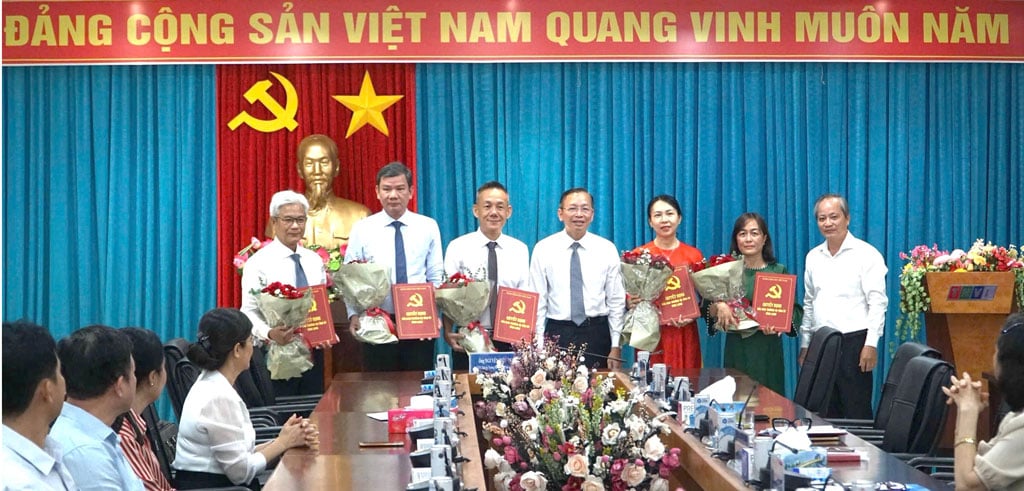








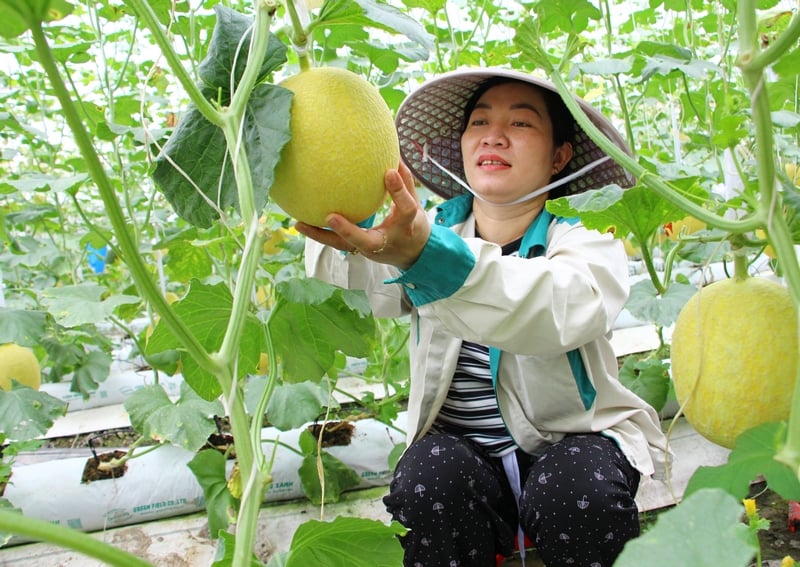
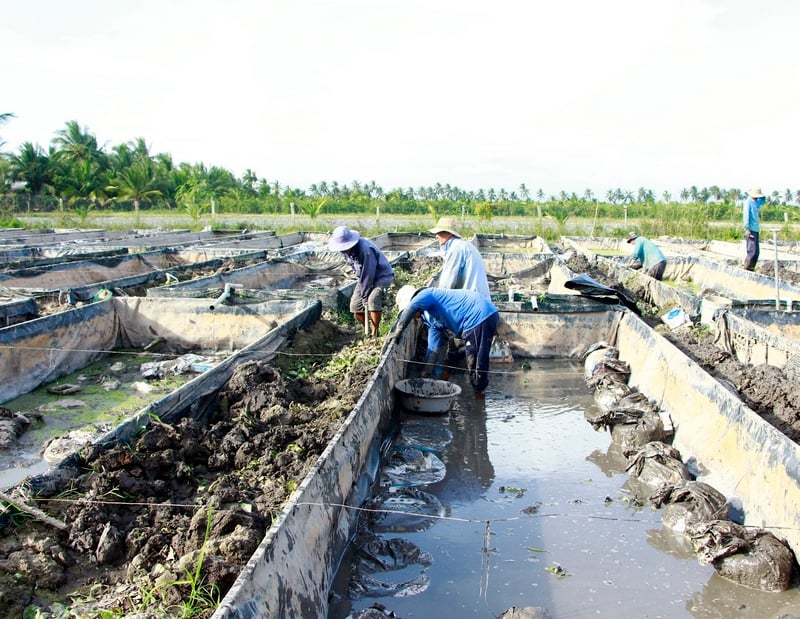
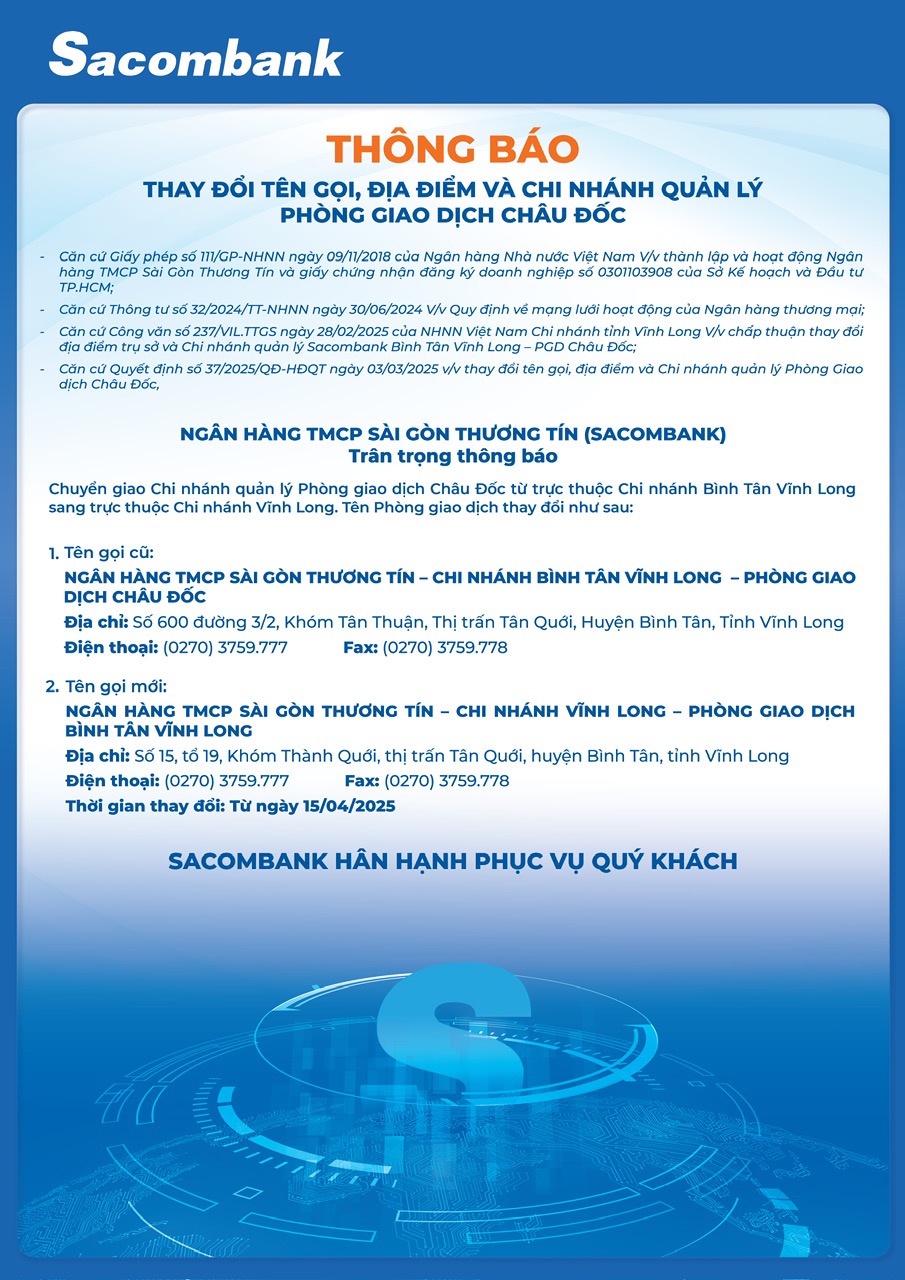
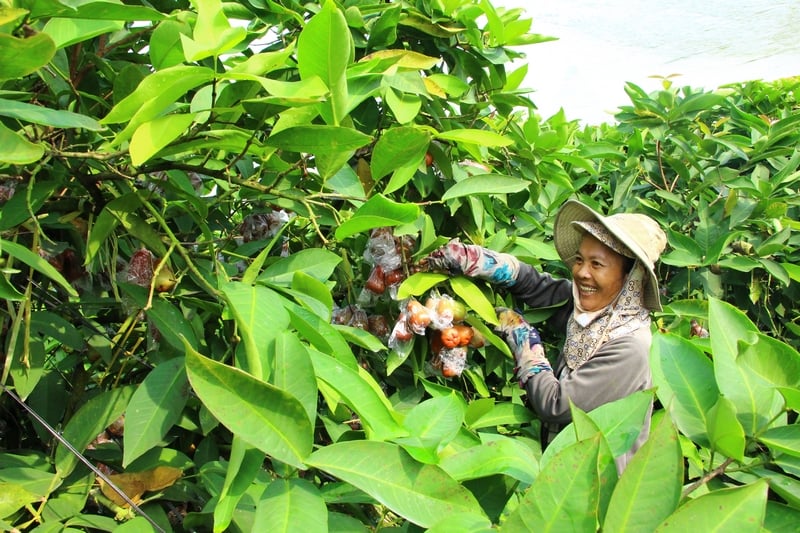
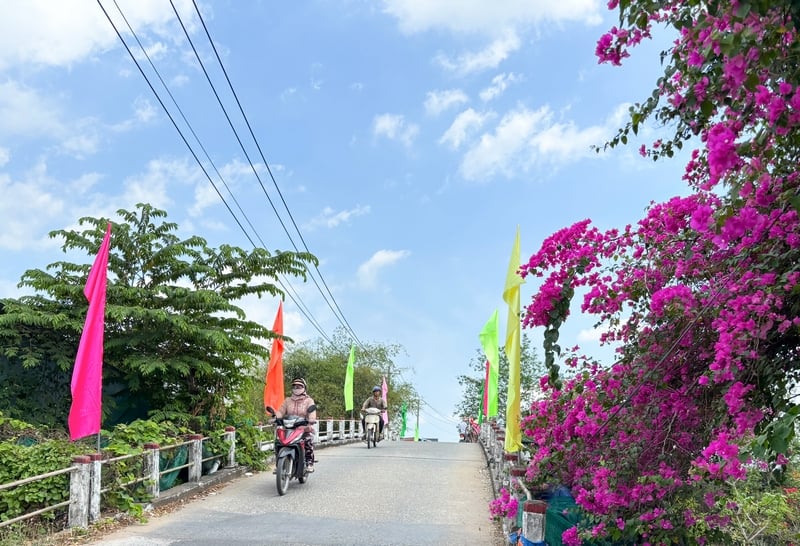












































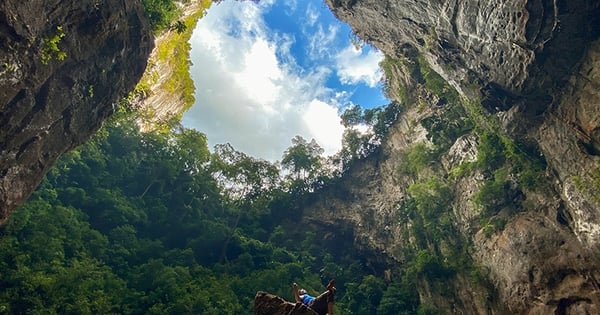
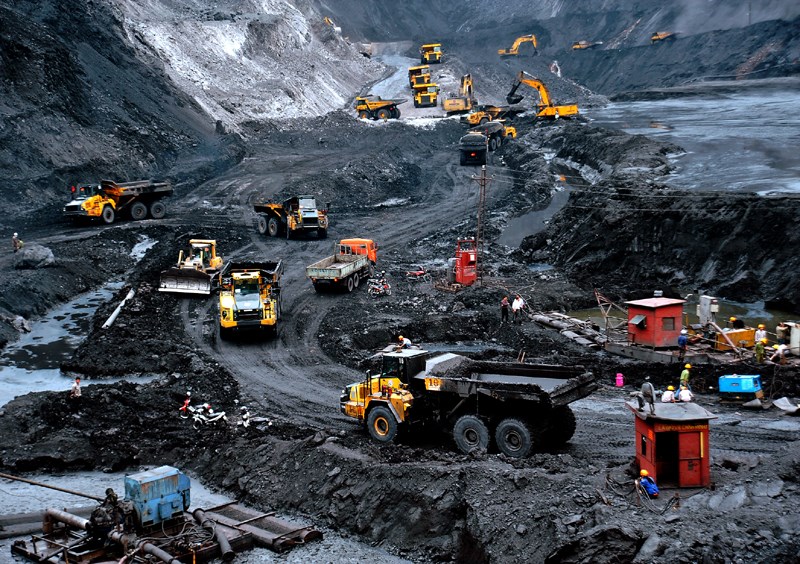

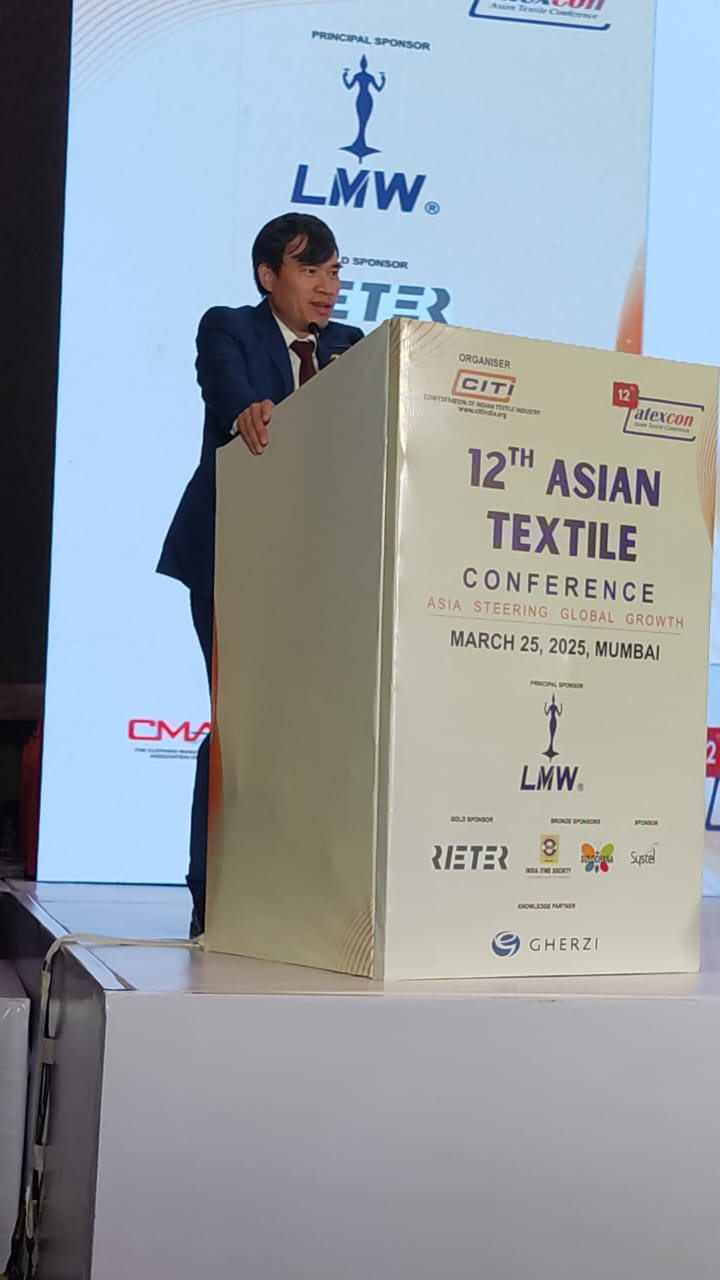
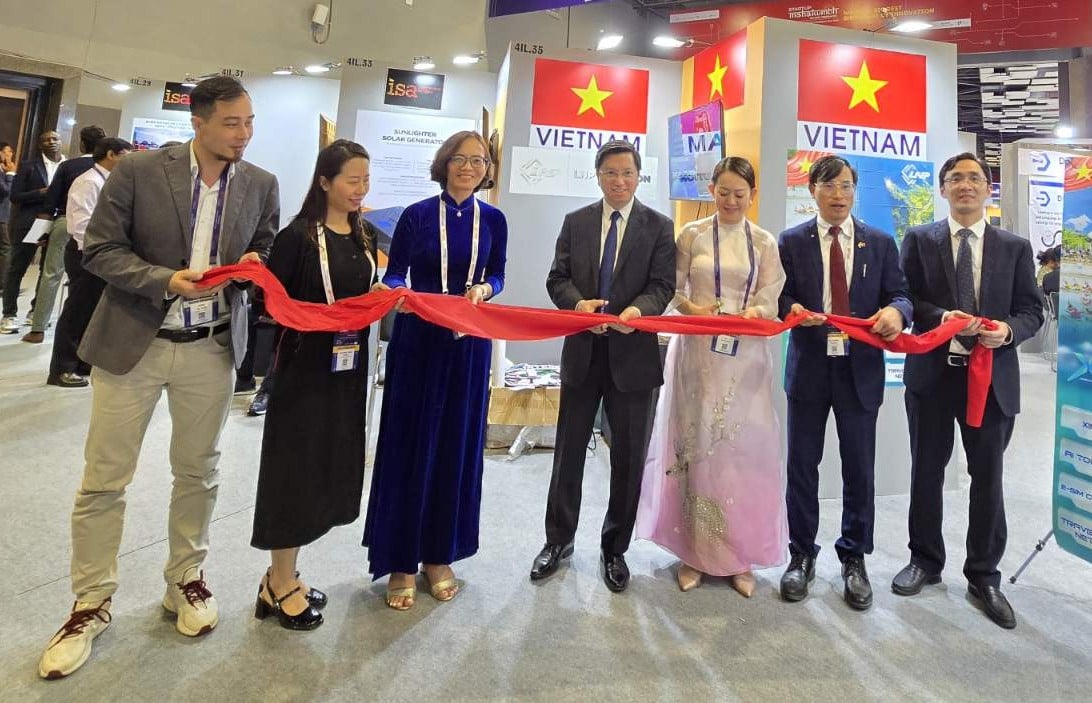
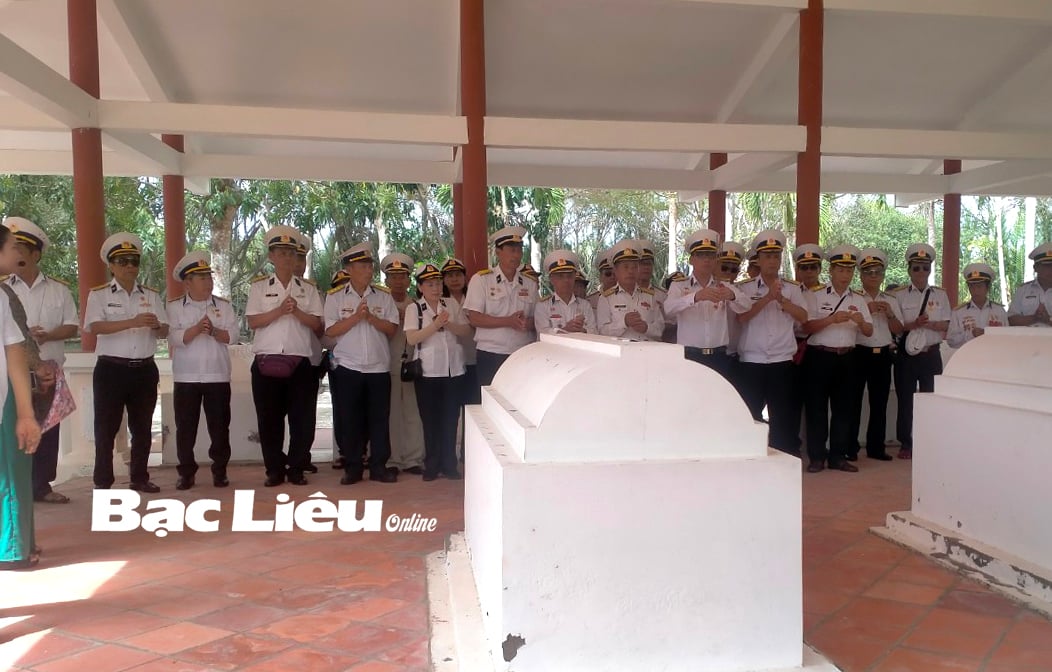
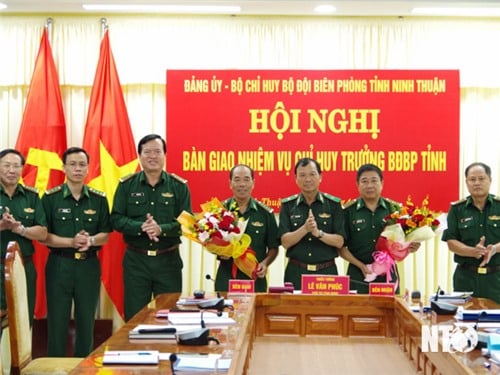
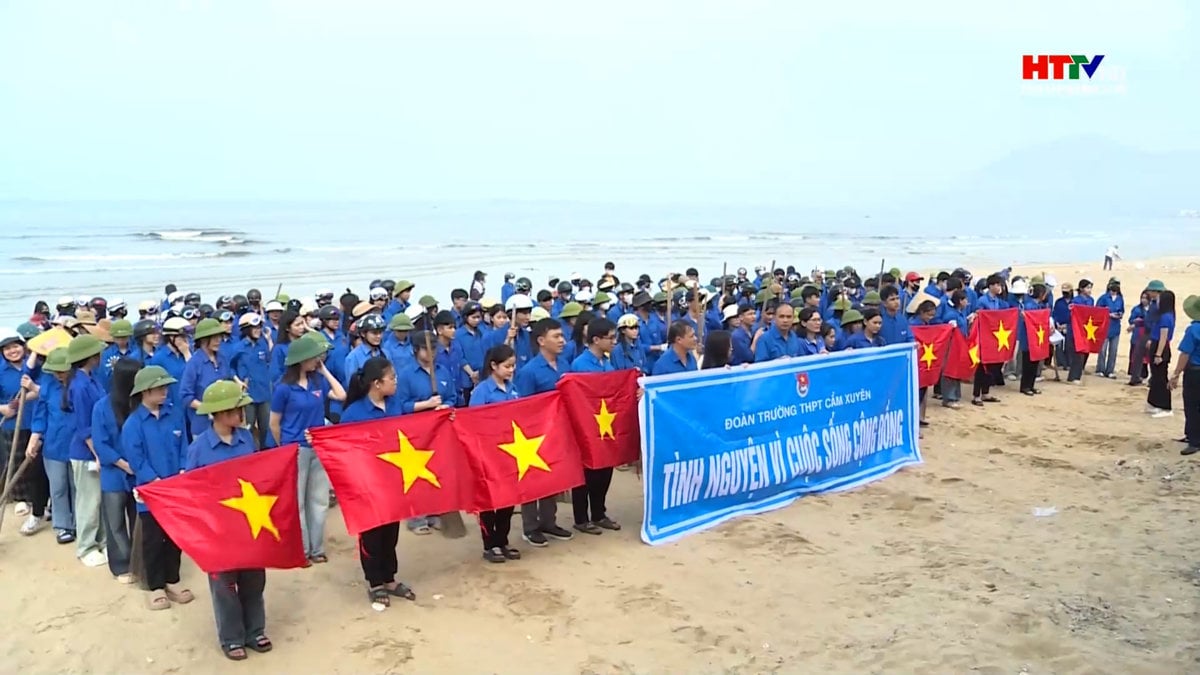
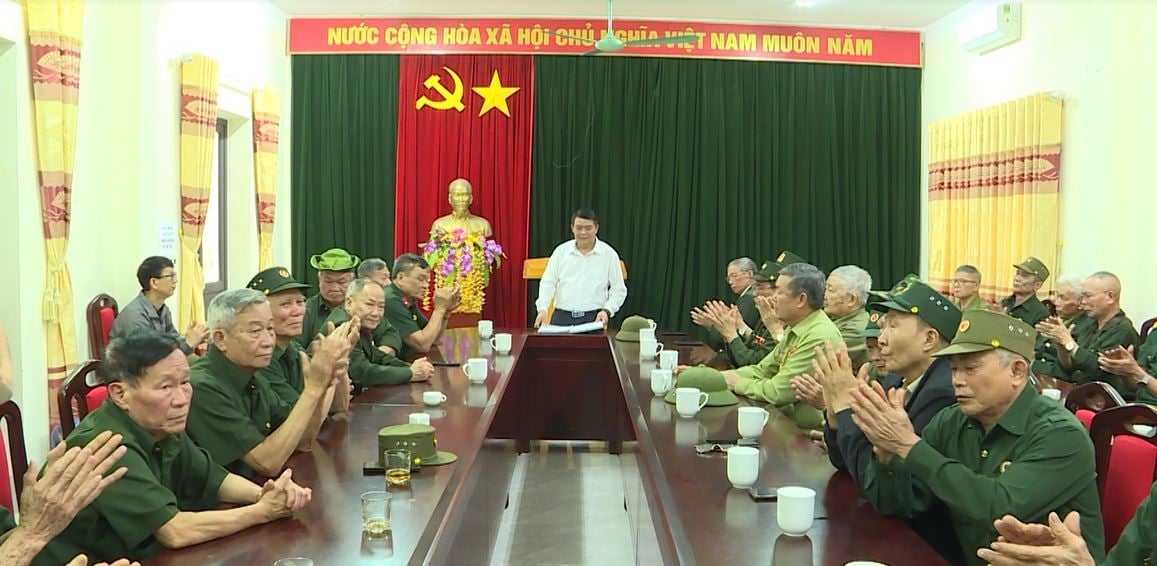

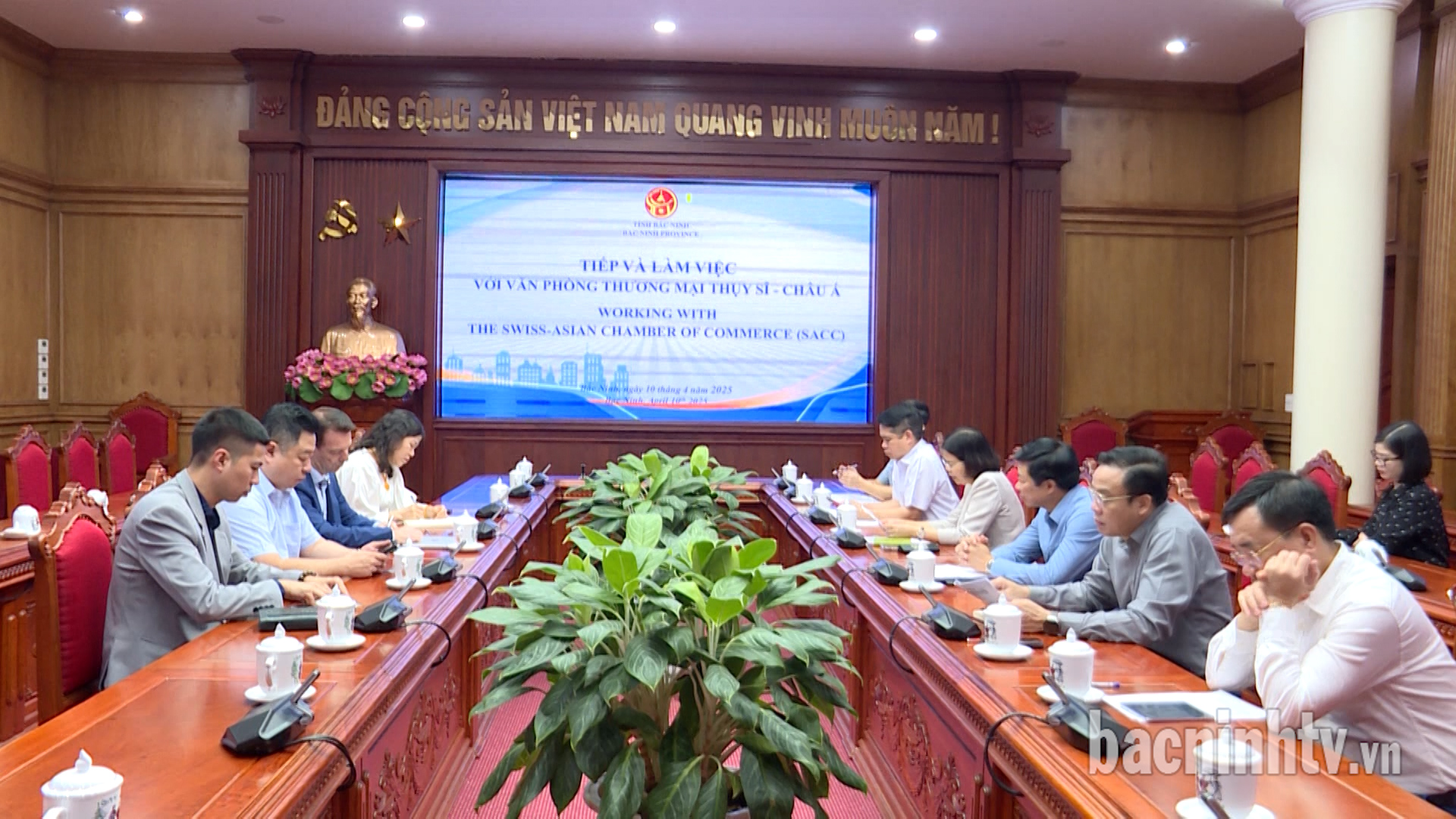








Comment (0)